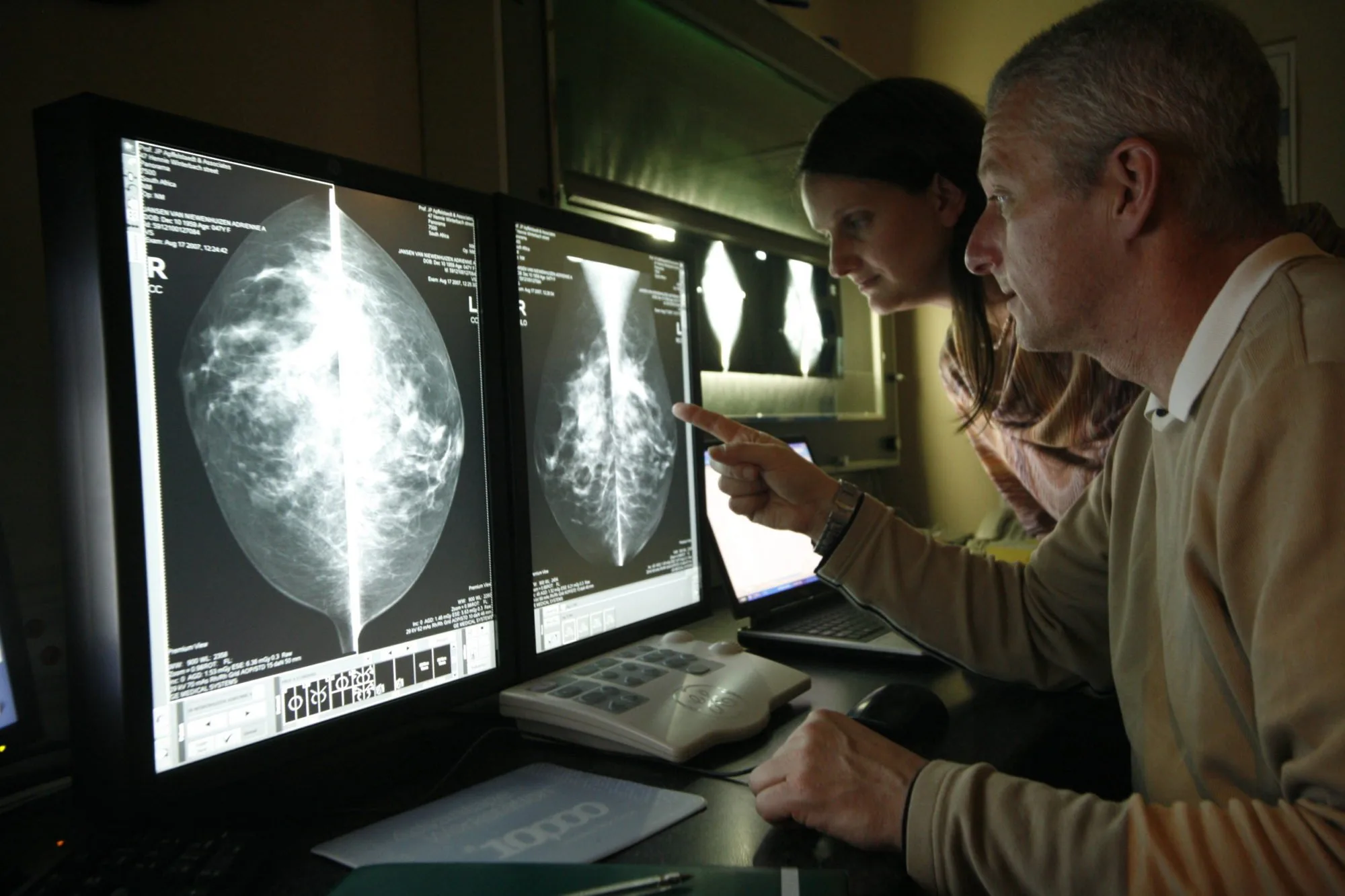According to 2018 statistics released by the American Society of Plastic Surgeons, breast augmentation is still the number one procedure requested by women. It was up 4% from the previous year, standing at 313 735 procedures completed by plastic surgeons in one year. This is despite the fact that breast implants carry serious health risks. Not only can they rupture or cause contracture.
But numerous studies have also recently linked textured implants BIA-ALCL. This is a type of cancer of the immune system. It’s typically found inside a capsule of fibrous scar tissue inside the surrounding breast tissue. Read more reports from Harvard Health on this cancer relating to breast implants.
Breast implants can be dangerous
Many women who opt for breast augmentation walk into the operating room unaware of these risks. Another risk they aren’t often informed about also has to do with cancer. According to Dr. Sandya Pruthi from the Mayo Clinic, breast implants can obscure mammogram images. This can reduce the ability of a mammogram to pick up breast cancer. This includes both saline and silicone implants.
Dr. Pruthi explains that often, plastic surgeons place breast implants above the muscle (subglandular). When the mammogram is then conducted, not all the breast tissue can be seen. This placement, therefore, can reduce the ability of the radiologist to interpret the mammogram. When implants are placed beneath the muscle (sub-pectoral) there is less danger that they can interfere with the results.
In addition, breast implants have been known to rupture during mammograms. You carry a slight risk of that happening when you undergo the procedure. However, you still need to have a checkup in order to detect potential breast cancer early enough.
What you need to know
It is still possible to help render your mammogram more effective. The Mayo Clinic recommends you make the following changes to the way you book your appointments:
- Make sure the staff are aware that you have breast implants. Mention it when you make your appointment. Tell them again when you arrive at the clinic or hospital.
- Try opting for a facility where they are accustomed to treating women with breast implants. Inquire about the nature of the staff’s experience before you make a booking. The more experience the radiologist has with reading and performing mammograms with breast implants present, the better. They might have to take additional images in order to read more of the breast tissue.
- Take note of any changes in your breasts beforehand. If you see anything unusual or find changes of any nature, inform your doctor as soon as possible. It’s important that he or she communicates with the radiologist about these changes before your appointment.
Implant rupturing
There are various reasons for an implant that ruptures. As mentioned, mammograms carry a slight risk of this happening. According to the website Breastcancer.org, other factors that influence this can include:
- the age of the implant
- damage caused by surgical instruments during the initial implant surgery
- trauma due to an accident, and
- a needle piercing the implant during a biopsy
If you have a ruptured implant, you might notice varying changes. These include pain, increased firmness, and swelling of the breast over a period of weeks. There might also be changes in the shape and size of the breast. Capsular contracture can also happen when an implant ruptures. In some cases, the rupture does not lead to any noticeable symptoms. In this case, it is called a “silent rupture”.
Generally, it takes longer to notice a silicone implant’s rupture than it does saline
This is because the saline filling tends to leak quickly, whereas the silicone filling takes some time. In the case of a rupture of a silicone implant, the liquid silicone gel can spread beyond the scar capsule around the implant, particularly to areas like the lungs or lymph nodes. The liquid silicone gel can spread to other parts of the body, such as the lymph nodes or the lungs. If this happens, additional scar tissue in the breast can result in a reaction to the silicone. You might also see a distorted breast shape. Lumps called silicone granulomas sometimes form in areas like the arms or armpit, as well as the chest area.
Study shows
In one study, a woman who had breast implants for 10 years presented with a 1.3 cm supraclavicular lymph node. A biopsy of the lymph node turned up silicone granuloma. Doctors linked this granuloma to her ruptured right-sided breast implant. The study notes: “This case highlights the importance for otolaryngologists to consider silicone granuloma among the differential diagnoses of cervical lymphadenopathy in patients with a history of silicone breast implants.”
Make sure you understand the risks
Breast implants are not lifetime devices. They may often require additional surgeries, with or without the removal of the implant. In addition to the above, the FDA provides a long list of known complications and other risks associated with breast augmentation with implants. Among other things, connective tissue disease, breast cancer, and reproductive problems feature prominently. While many women have had their implants for decades and don’t experience any issues, there are thousands of women who suffer from a host of health problems they attribute to their implants.
Read More
Read the true story of a woman whose breast implants made her sick for years – until she explained.
References:
Borghol, K., Gallagher, G., & Skelly, B. L. (2016). Silicone granuloma from ruptured breast implants as a cause of cervical lymphadenopathy. Annals of the Royal College of Surgeons of England, 98(7), e118–e120. https://doi.org/10.1308/rcsann.2016.0166
Breast Implant Rupture. Breastcancer.org. https://www.breastcancer.org/treatment/surgery/reconstruction/corrective/implant-rupture
Risks and Complications of Breast Implants. US Food and Drug Administration. https://www.fda.gov/medical-devices/breast-implants/risks-and-complications-breast-implants


